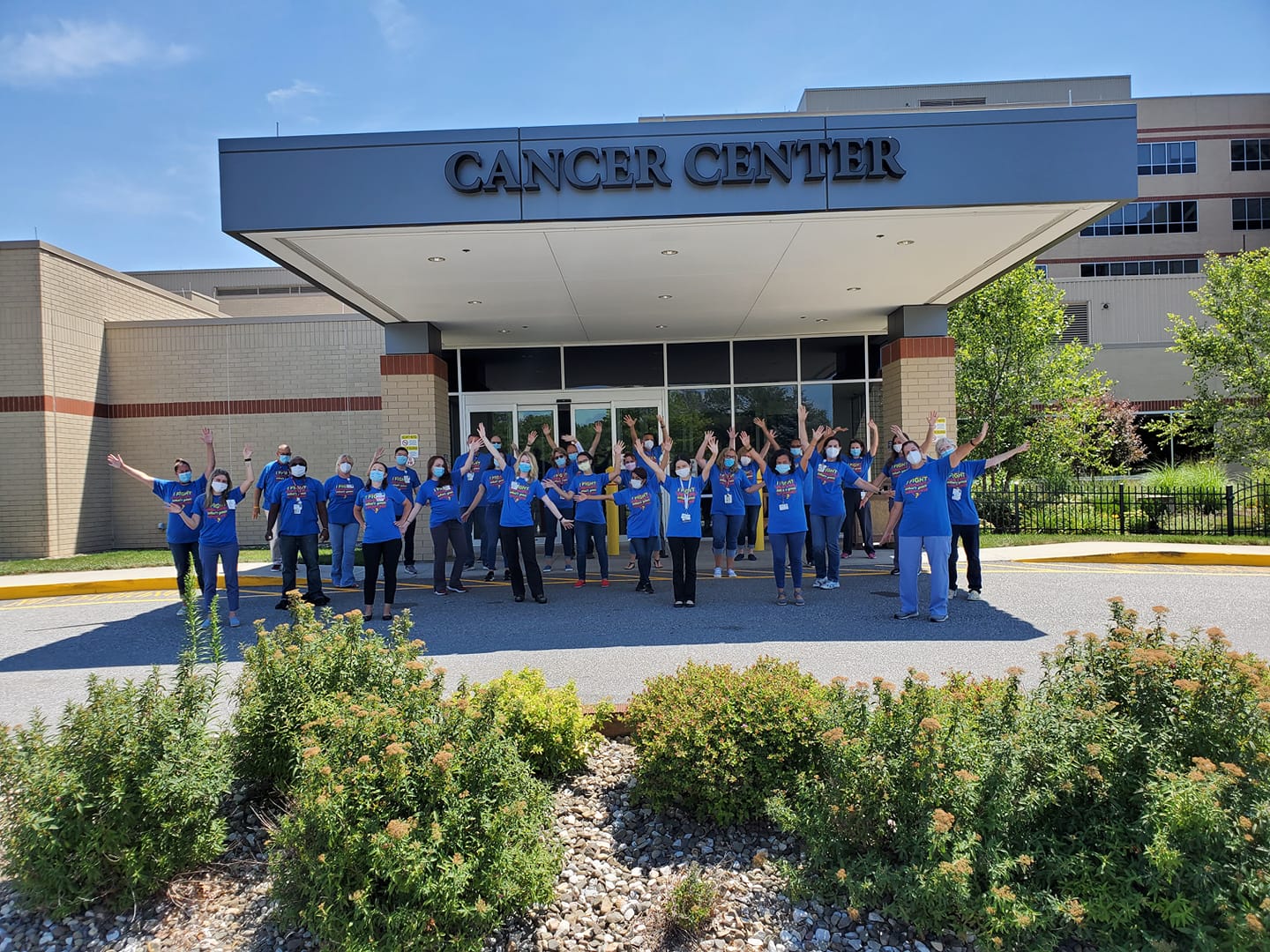Stereotactic Radiosurgery
Garnet Health provides expert stereotactic radiosurgery treatments to our communities throughout Orange and Sullivan Counties.
Find a Provider Location SearchBody
Stereotactic Radiosurgery for Cancer Treatment
Stereotactic Radiosurgery (SRS), is a special form of radiation therapy. Radiosurgery works the same as all other forms of radiation treatment. Despite its name, radiosurgery is a treatment, not a surgical procedure. It does not remove the tumor or lesion, but it distorts the DNA of the tumor cells. The cells then lose their ability to reproduce and retain fluids. The tumor reduction occurs at the rate of normal growth for the specific tumor cell. In effect, it is surgery without a scalpel.
What To Expect During Stereotactic Radiosurgery Treatment
Stereotactic Radiosurgery uses precisely focused, high-dose radiation beams to be delivered to a small, localized area of the brain in treating neurological cancer. Because SRS focuses the beams more closely to the tumor than conventional radiation, it can deliver a higher, more effective dose of treatment to the tumor site.
A head frame is used for this treatment which allows the physician to define the exact location of the tumor and keep the head from moving during treatment. Once the head frame is in place, scans will be taken and the treatment is calculated. Treatment times can range from 15 minutes to two hours. The precise focus of the radiation is possible through the use of highly specialized computer-assisted equipment.
Once the treatment is complete, the head frame is removed and the patient returns home. General anesthesia is not required and treatment is typically done in a single session. Your tumor type, location and size help determine the appropriate treatment for you.
Potential Post-Treatment Side Effects
Some people have few or no side effects from SRS. Side effects experienced are usually due to brain edema (swelling) caused by the radiation. These symptoms can include:
- Nausea
- Vomiting
- Dizziness
- Headaches
Hair loss in the area treated may occur two or three weeks following the procedure. This depends on the dose of radiation received and the ability of the radiated hair follicles to heal. Regrowth usually begins in three to four months, and may be a slightly different color and/or texture than before. The scalp may also become temporarily irritated.

Surviving Cancer
If you or a loved one has cancer, count on our experienced physicians, compassionate staff and live-saving technologies to fight the battle, together with you.
Learn more
Cancer Care
With advanced diagnostic services, leading-edge treatment, support programs, Garnet Health has everything you need to take on cancer without leaving the Hudson Valley.
Learn moreLocations
Spagnoli Family Cancer Center at Garnet Health Medical Center
707 East Main Street
Middletown, NY 10940
